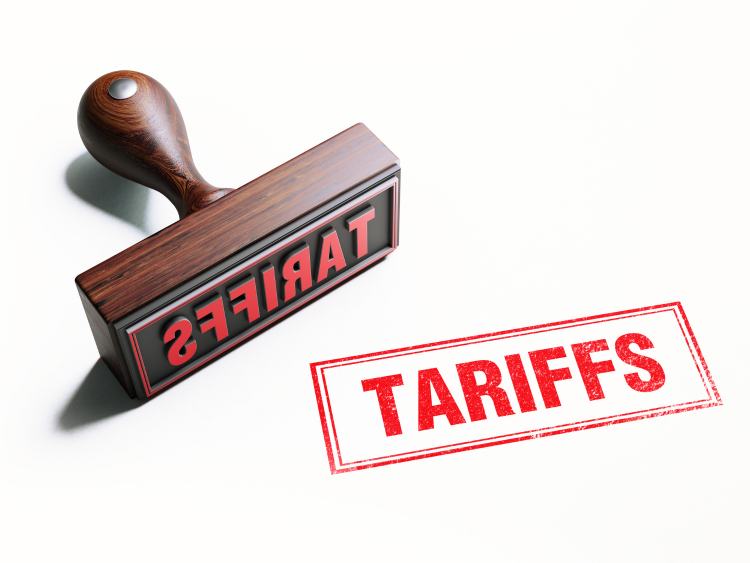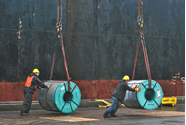Steel Markets

Steel Sees Future in Electric Vehicles
Written by Tim Triplett
January 19, 2018
Future automotive trends reinforce the role of steel, says Greg Ludkovsky, vice president of global R&D for ArcelorMittal. In the following commentary, Ludkovsky contends that steel offers the optimal balance of strength, performance and mass reduction with the least impact on the environment compared to aluminum and other materials:
While sales of battery electric vehicles (BEVs) are still far behind conventional internal combustion engine (ICE) vehicles, BEV technology and sales continue to improve at a rapid pace. Globally, BEV sales exceeded one million units in 2017 compared to just 773,600 in 2016. Global BEV sales are expected to reach two million units in 2018 and account for 25 percent of all car sales by 2025. While vehicle makeup will look very different in 2025 compared to today, one constant that will remain is the critical role that steel plays in vehicle design.
First, to understand where the future of mobility is heading, it’s important to understand what is driving the change. Both North America and the European Union have rolled out stringent emissions targets that aim to reduce CO2 emissions while tightening testing requirements. Furthermore, local governments around the world are looking to implement vehicle design and driving restrictions that will help reduce smog and particulate levels and thereby improve public health. Such factors are quickly moving us toward an electrified world for transportation.
The most obvious reason for the shift is that BEVs emit no carbon or nitrogen oxides during the drive phase, reducing overall fleet emissions significantly. But, there are many other benefits that appeal to consumers:
• BEVs have nearly 90 percent less rotating parts than internal combustion engine vehicles, meaning less wear and tear on the car and a lifespan exceeding 600,000 miles.
• Regular maintenance of BEVs is significantly lower as they require no oil changes and other tune-ups more common in ICE vehicles.
• Operating costs per mile are significantly lower in BEVs as compared to ICE vehicles.
While the benefits are significant, the financial cost and driving range of BEVs are key in determining how quickly sales will take off. The innovation taking place to improve the range, cost and charging time of batteries has accelerated. In the last four months alone, we’ve seen key announcements from major automakers on their expectation for this field.
Volkswagen announced it will spend $40 billion on electrification over the next five years. General Motors will launch at least 20 new electric vehicles by 2023 and Ford will invest $4.5 billion and introduce 13 electrified models in the next five years.
One of the limitations of BEVs is the weight of the battery and the extra reinforcement needed to protect the battery during a crash. A BEV requires greater energy absorption to handle the larger kinetic energies of a heavier vehicle and a stronger roof structure to manage greater roof crush loads.
ArcelorMittal’s advanced steel grades all offer greater strength per unit density than aluminum. And our cold stamping grades offer greater energy absorption per unit density than aluminum. In fact, steel’s unmatched strength enhances intrusion resistance while the thinner gauge steel allows for more space in the battery protection system to accommodate larger batteries, thereby increasing driving range.
Aside from protection and performance, another focus for automakers is controlling vehicle cost. Increasing battery capacity by just one kilowatt per hour typically costs around $120. Advanced high-strength steels (AHSS) offer the most cost-effective solution to improve battery range without adding in more weight. In fact, steel is the most affordable material over all competing materials.
Automakers are also recognizing the benefits of steel, with major applications of steel seen in today’s BEVs. As just one example, the body-in-white of the Chevrolet Bolt is composed of 86 percent steel, including 44 percent AHSS. Like Chevrolet, OEMs are using the advanced lightweighting potential of steel to achieve their range goals while keeping costs low.
One final yet critical benefit that steel offers can be found in a vehicle’s lifecycle – production phase, drive phase and disposal. In North America, regulations only consider tailpipe emissions generated during the drive phase of a vehicle. However, an ICE vehicle’s production phase comprises nearly 20 percent of total greenhouse gas (GHG) emissions, and that figure more than doubles to 47 percent for BEVs. Peer-reviewed and publicly available research shows that aluminum production requires seven times more energy than steel and emits four to five times more GHGs. If we don’t consider production phase emissions when evaluating the environmental impact of a vehicle, we may choose a lightweighting material that emits more GHGs during production than it saves during the vehicle’s drive phase. This will result in a huge and irreversible environmental mistake.

Tim Triplett
Read more from Tim TriplettLatest in Steel Markets

CRU: Sheet import demand softens as domestic price gains have slowed
US domestic sheet price gains have begun to slow as previously pulled-forward demand has led to a decline in orders.

CMC looks beyond Arizona micro-mill woes to long-term viability of construction mart
Despite the economic and geopolitical upheaval of the last five years, CMC President and CEO Peter Matt points out that the construction market has been an essential element of the way forward.

US importers face stricter rules under revamped S232 tariffs
“CBP expects full compliance from the trade community for accurate reporting and payment of the additional duties. CBP will take enforcement action on non-compliance," the agency said in a March 7 bulletin.

Steel exports rebound in January
US steel exports recovered to a five-month high in January after having fallen to a two-year low in December. This growth follows four consecutive months of declining exports.

Construction spending drops marginally in January
Construction spending edged down slightly in January, slipping for the first time in four months. The US Census Bureau estimated spending at a seasonally adjusted annual rate of $2,196 billion in January, down 0.2% from December’s downward revised rate. The January figure is 3.3% higher than a year ago. January’s result, despite the slight erosion, […]
